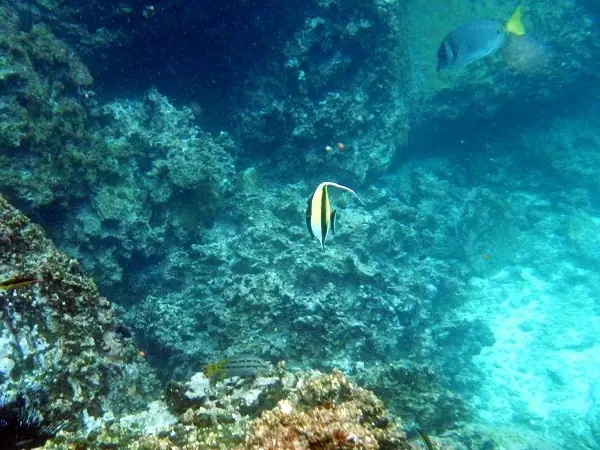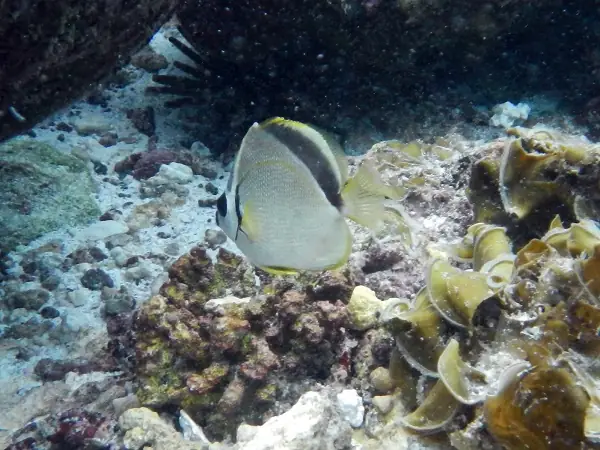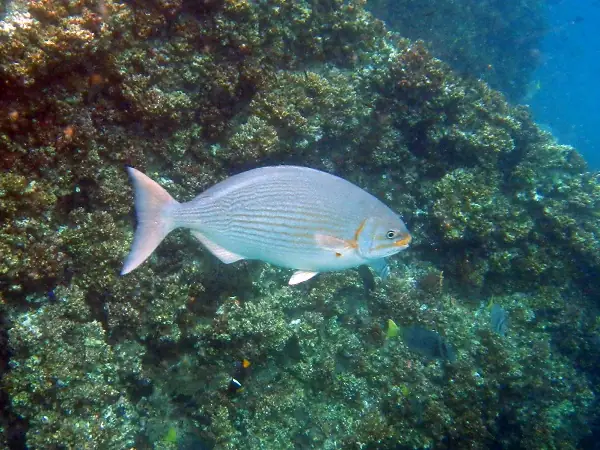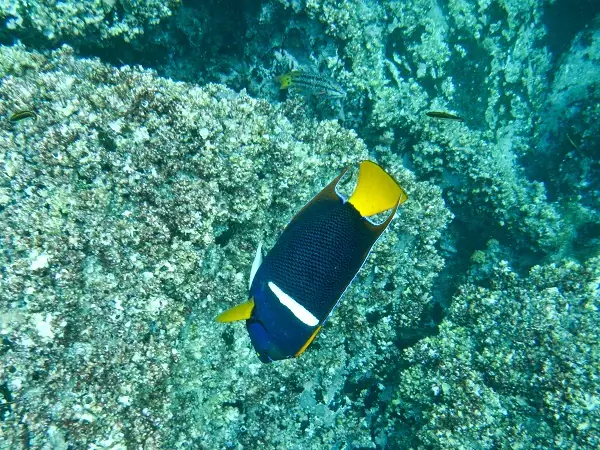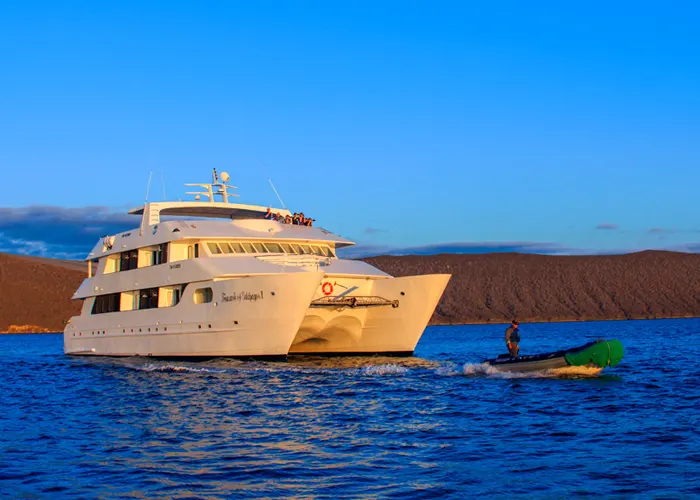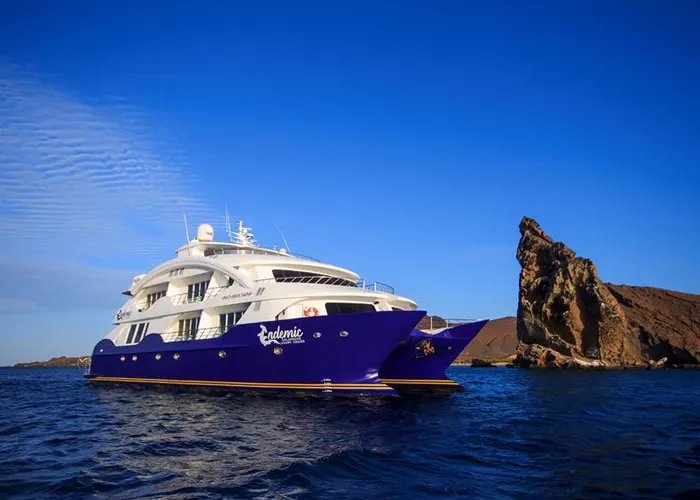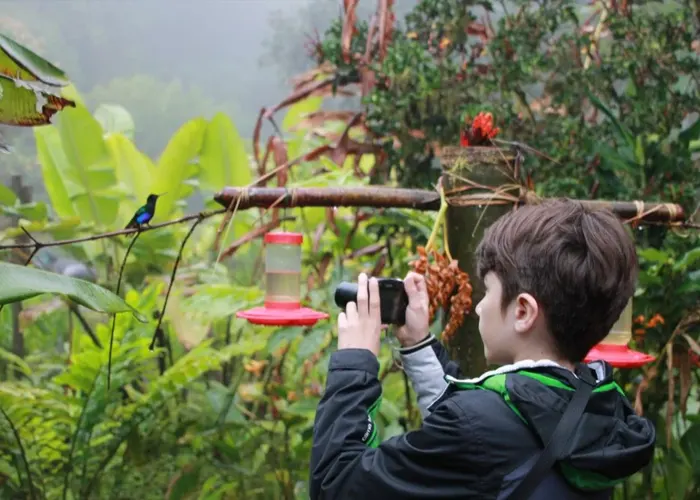Fernandina Island Galapagos
Fernandina Island
Fernandina Island: Natural Treasures and Unforgettable Adventures Awaits You!
- Area: 642 km²
- Highest point: La Cumbre: 1.494 m
- Population: uninhabited
- Travel options: Cruise ship
Visitor highlights:
- Espinoza Point
- Mangle Point
- Cape Douglas
- Important animals and plants: Sea lions, sea lizards, land iguanas, flightless cormorants, Galápagos penguins, sea turtles, shark species, ray species, seahorses, lava cactus, and much more.
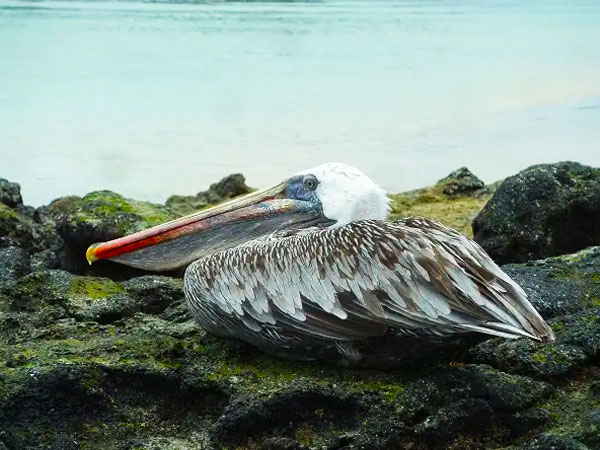
General information
The third-largest Galapagos Island, Fernandina, was first mapped in 1684 by the British pirate Ambrose Cowley, who originally named it Narborough. The Spanish name Fernandina refers to King Fernando of Spain.
It is the youngest and westernmost of the Galapagos Islands, situated directly on the geological hotspot and therefore considered one of the most volcanically active islands. The La Cumbre volcano erupts regularly – since the establishment of the National Park, 13 eruptions have been recorded. During an eruption in 1968, the caldera collapsed.
Since the island was never inhabited, and thus no foreign species were introduced, its ecosystem was able to develop largely undisturbed. Today, two species of endemic rice rats, largely extinct on other islands, can still be found here. There is a particularly large colony of land iguanas nesting on the edge and inside the volcano’s caldera. The cold and species-rich waters of the Cromwell Current between Isabela and Fernandina provide ideal living conditions for Galapagos penguins and flightless cormorants. The latter are endangered and only found in the western part of the archipelago.
In the otherwise sparse vegetation, the reddish-yellow-brown lava cactus stands out. Large parts of the island are lined with mangroves. Traveling by boat along the coasts allows you to observe the biodiversity of this unique ecosystem.
Fernandina is only visited as part of a cruise with the western route, for example, with the yachts Galaxy, Sea Star Journey, Calipso, and Estrella del Mar. We are happy to find the best route for you so that you don’t miss out on this unique island.
Places to visit on Fernandina Island
Espinoza Point
Visiting options on Fernandina are highly restricted, both due to conservation reasons and the constant threat of volcanic activity. At the specially designated visitor site, Espinoza Point in the northeast, a landing is possible. Upon stepping onto the peninsula with its gray-black lava rocks, you’ll encounter a huge colony of marine iguanas, scattered all over or between the rocks. The rare flightless cormorants can also be observed on the peninsula, along with red rock crabs, pelicans, and with some luck, Galapagos hawks soaring above. In the small pools between the rocks, you may even spot rays, a sea turtle, or colorful fish. A short path leads through a pahoehoe lava field, with the impressive wall of the La Cumbre volcano in the background.
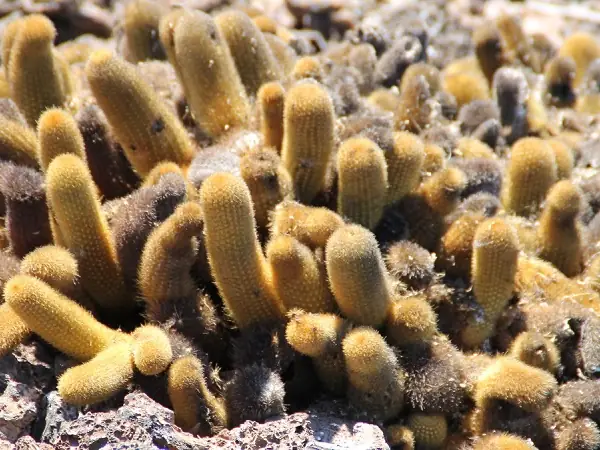
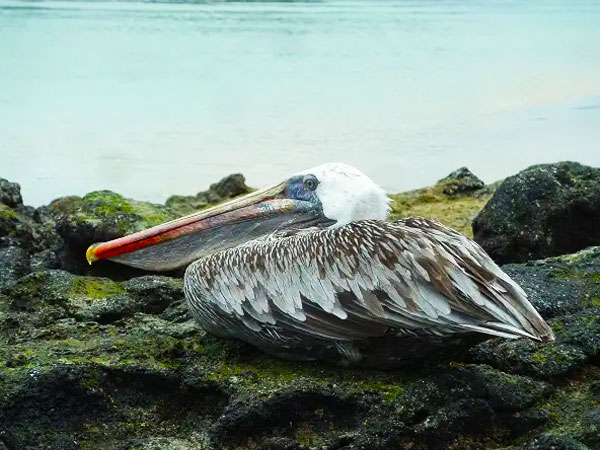
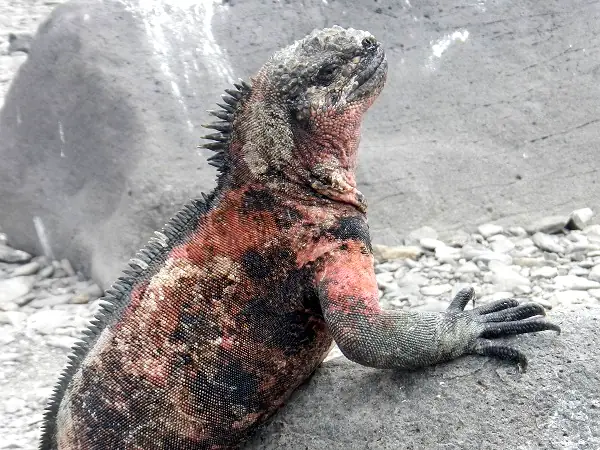
Mangle Point
At Mangle Point on the east coast of Fernandina, while landing is not permitted, you can observe life in the mangroves along the coast from the ship. You’ll see bird species such as pelicans, Darwin’s finches, flightless cormorants, and others. Additionally, Mangle Point is an excellent snorkeling spot. Underwater, you’re very likely to encounter sea lions, shark species, penguins, rays, and sea turtles.
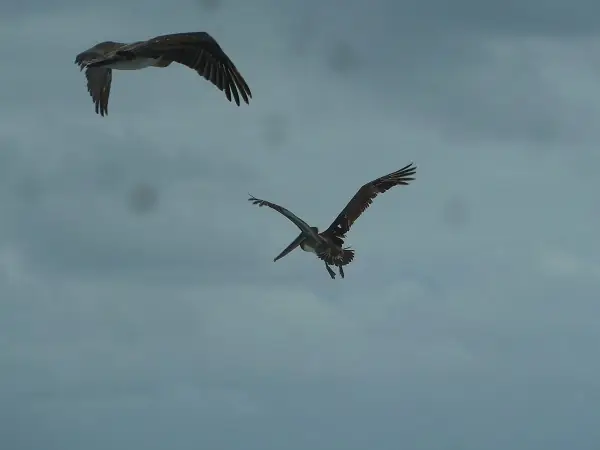
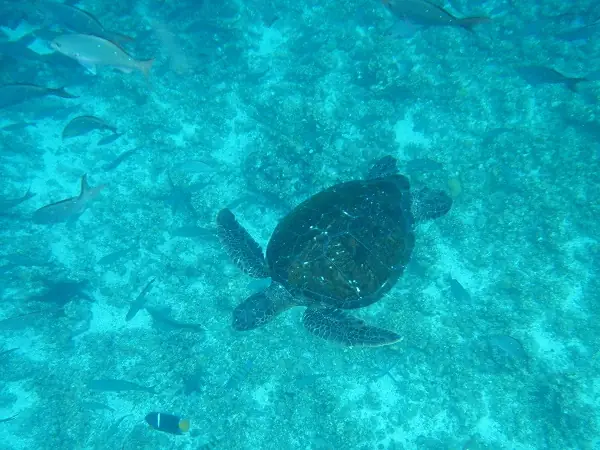
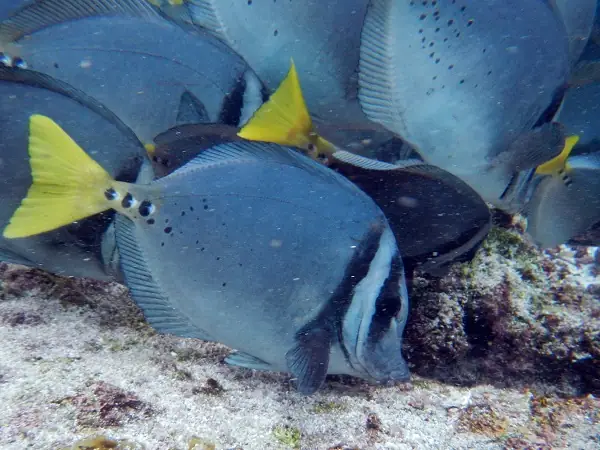
Cape Douglas
Cape Douglas, located northwest of Fernandina, is typically visited as part of a diving cruise due to its ideal diving conditions. Here, you can observe diving marine iguanas feeding on the rocks, sunfish, sharks, colorful tropical fish, and with some luck, even whales. Sharks and whales are more likely to be encountered between the months of June and December.
